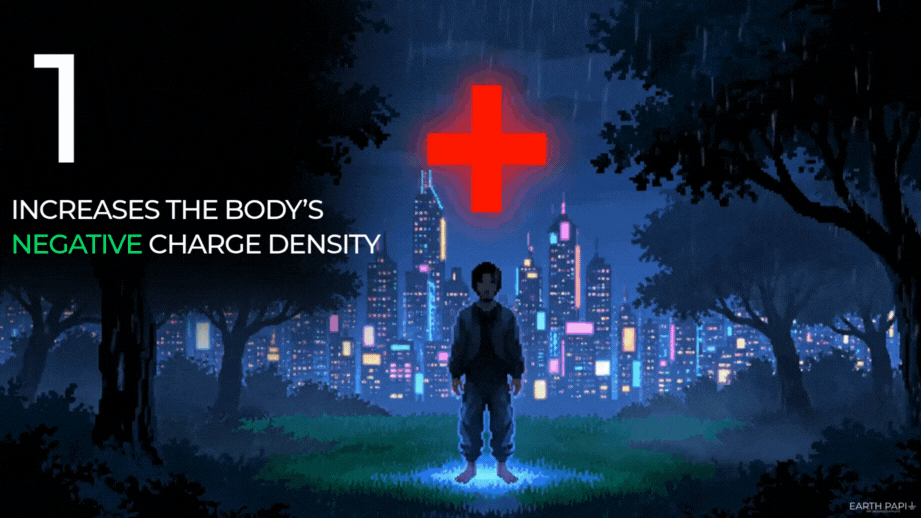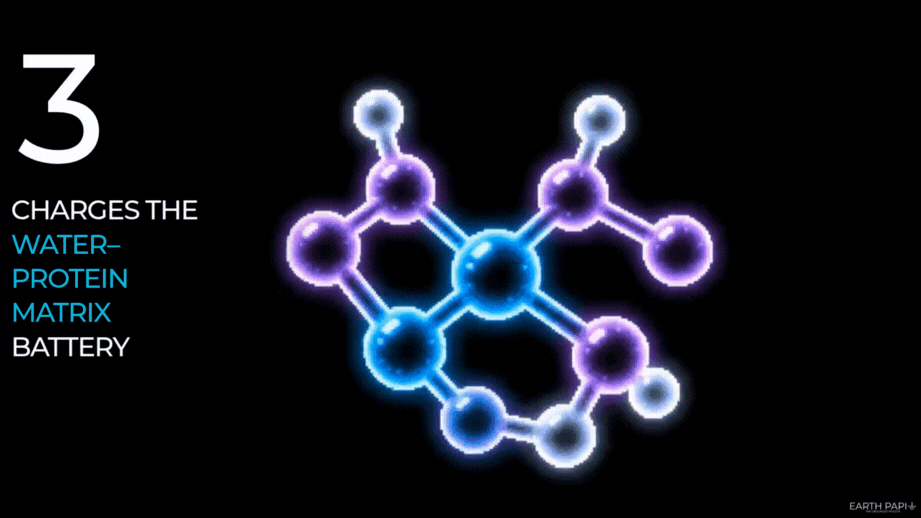The Big 3: Grounding and Human Health
Chronic disease defines the modern landscape of health. Cardiovascular disease (CVD) remains the leading cause of death in the United States, with an age-adjusted rate of 214.6 per 100,000 people. Every 36 seconds someone dies from CVD—around 2,396 lives lost daily. Stroke adds another layer: nearly 795,000 new or recurring events each year, with a stroke-related death every three and a half minutes. Hypertension now affects nearly half of U.S. adults.
The problem isn’t confined to the heart. Roughly 70 million Americans struggle with sleep disorders, osteoporosis contributes to 1.5 million fractures annually, and diabetes impacts 37.3 million people. Thyroid conditions affect 20 million, and over 12% of the population will encounter a thyroid disorder in their lifetime. Meanwhile, more than 75% of adults experience stress symptoms ranging from headaches to insomnia, with anxiety disorders affecting 284 million people globally. These statistics reveal a society struggling with chronic, systemic dysfunction.
In the scientific literature, the terms inflammation, oxidative stress, and redox signaling dominate. A PubMed search of “inflammation” and “disease” yields nearly half a million results; “oxidative stress and disease” brings over 116,000. The overlap between these three categories speaks volumes: nearly every major metabolic disorder has roots in inflammation and oxidative stress.
This is where grounding enters the conversation. By re-establishing electrical contact with the Earth, grounding has been shown to influence the body’s redox balance, helping to modulate inflammation and oxidative stress, two processes that cut across virtually every chronic condition.
The Big 3 Mechanisms of Grounding
Years of research, writing, and experimentation have convinced me that grounding’s potential can be traced back to three primary mechanisms of action—what I call The Big 3:
Increasing the body’s negative charge density
Grounding brings the body’s electrical potential closer to that of the Earth. This influx of electrons supports electrical homeostasis, which underlies nerve signaling, the matrix, and cellular communication.Enhancing oxidative stress and inflammation management
Electrons obtained through grounding act as a mobile antioxidant defense, reaching areas inaccessible to dietary or endogenous antioxidants. They penetrate the inflammatory barricade, quenching free radicals and stabilizing reactive oxygen species, thereby reducing the burden of chronic inflammation.Charging the water–protein matrix battery
The body’s water–protein matrix functions as an electrical storage system, a kind of living battery. Grounding helps replenish this charge, providing the energy needed for cellular processes, improving resilience, and supporting recovery.
Why The Big 3 Matter
From these three mechanisms flow a range of measurable benefits. Studies have reported improvements in zeta potential and blood flow, reduced hypertension, better blood oxygenation, and enhanced heart rate variability. Grounding influences vagal tone and autonomic balance, supporting better sleep and cortisol rhythms. It has effects on calcium homeostasis, blood sugar regulation, thyroid function, exercise recovery, and the inflammatory response to physical stress.
Taken together, these findings suggest that grounding acts as a fundamental regulator of human physiology—an overlooked connection to the Earth’s electrical field that modern life has severed.
References:
https://professional.heart.org/en/science-news/-/media/B30CB2FA4E65480193A4E902BBAED88C.ash
https://www.amgen.com/stories/2022/05/osteoporosis-by-the-numbers
https://www.cdc.gov/diabetes/data/statistics-report/index.html
Chevalier G, Sinatra ST, Oschman JL, Delany RM. Earthing (grounding) the human body reduces blood viscosity-a major factor in cardiovascular disease. J Altern Complement Med. 2013 Feb;19(2):102-10. doi: 10.1089/acm.2011.0820. Epub 2012 Jul 3. PMID: 22757749; PMCID: PMC3576907.
Elkin HK, Winter A. Grounding Patients With Hypertension Improves Blood Pressure: A Case History Series Study. Altern Ther Health Med. 2018 Nov;24(6):46-50. PMID: 30982019.
Chevalier G. Changes in pulse rate, respiratory rate, blood oxygenation, perfusion index, skin conductance, and their variability induced during and after grounding human subjects for 40 minutes. J Altern Complement Med. 2010 Jan;16(1):81-7. doi: 10.1089/acm.2009.0278. PMID: 20064020.
Chevalier, G., & Sinatra, S.T. (2011). Emotional Stress, Heart Rate Variability, Grounding, and Improved Autonomic Tone: Clinical Applications.
Passi R, Doheny KK, Gordin Y, Hinssen H, Palmer C. Electrical Grounding Improves Vagal Tone in Preterm Infants. Neonatology. 2017;112(2):187-192. doi: 10.1159/000475744. Epub 2017 Jun 10. PMID: 28601861; PMCID: PMC5542808.
Chevalier, G., Mori, K., & Oschman, J.L. (2005). The effect of earthing ( grounding ) on human physiology.
Ghaly M, Teplitz D. The biologic effects of grounding the human body during sleep as measured by cortisol levels and subjective reporting of sleep, pain, and stress. J Altern Complement Med. 2004 Oct;10(5):767-76. doi: 10.1089/acm.2004.10.767. PMID: 15650465.
Sokal K, Sokal P. Earthing the human body influences physiologic processes. J Altern Complement Med. 2011 Apr;17(4):301-8. doi: 10.1089/acm.2010.0687. Epub 2011 Apr 6. PMID: 21469913; PMCID: PMC3154031.
Müller E, Pröller P, Ferreira-Briza F, Aglas L, Stöggl T. Effectiveness of Grounded Sleeping on Recovery After Intensive Eccentric Muscle Loading. Front Physiol. 2019 Jan 28;10:35. doi: 10.3389/fphys.2019.00035. PMID: 30745882; PMCID: PMC6360250.
Sokal P, Jastrzębski Z, Jaskulska E, Sokal K, Jastrzębska M, Radzimiński L, Dargiewicz R, Zieliński P. Differences in Blood Urea and Creatinine Concentrations in Earthed and Unearthed Subjects during Cycling Exercise and Recovery. Evid Based Complement Alternat Med. 2013;2013:382643. doi: 10.1155/2013/382643. Epub 2013 Aug 27. PMID: 24066011; PMCID: PMC3771483.





